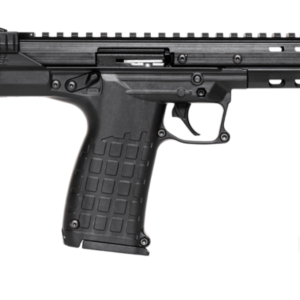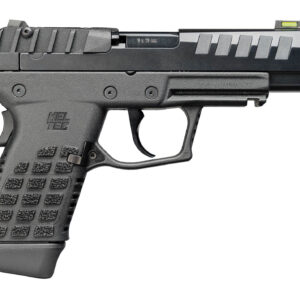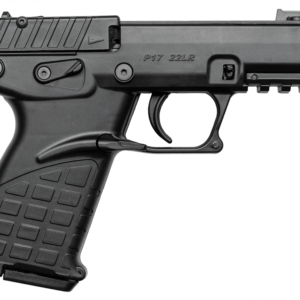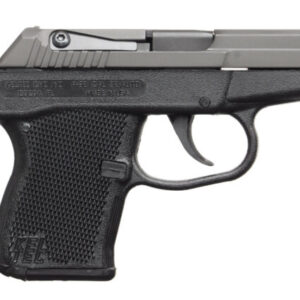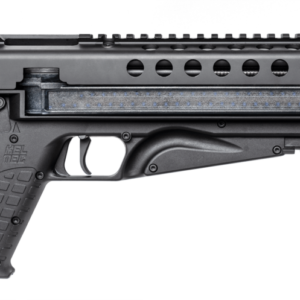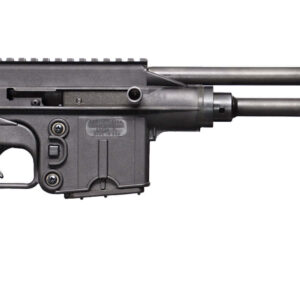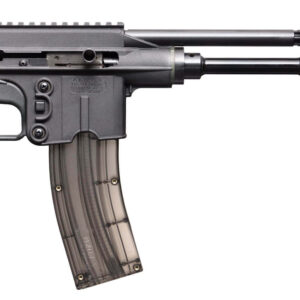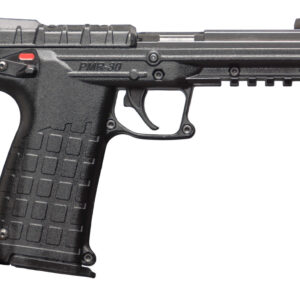Here’s a category overview about pistols, covering various aspects such as history, types, usage, and regulations:
1. History
- Early Development: The origins of pistols trace back to the 16th century, evolving from hand cannons. The term “pistol” is believed to have originated from the city of Pistoia in Italy, where early handheld firearms were made.
- Technological Advancements: The invention of flintlock mechanisms in the 17th century and later percussion caps in the 19th century improved reliability and ease of use. The development of semi-automatic pistols in the late 19th century marked a significant turning point in firearm technology.
- Military and Civilian Use: Pistols have been used in various military conflicts and by law enforcement, as well as for personal defense and sport shooting.
2. Types of Pistols
- Revolvers: These feature a rotating cylinder that holds multiple cartridges. They are known for their reliability and ease of use.
- Semi-Automatic Pistols: These pistols use the energy from firing a round to cycle the action and load the next round. They typically have a magazine that holds multiple cartridges.
- Full-Auto and Select-Fire Pistols: These can fire multiple rounds with a single pull of the trigger (full-auto) or allow the user to select between semi-automatic and automatic firing modes.
- Single-Action vs. Double-Action: Single-action pistols require the hammer to be cocked before firing, while double-action pistols can be fired by pulling the trigger alone, which cocks and releases the hammer.
3. Usage
- Personal Defense: Many individuals use pistols for self-defense due to their compact size and ease of carry.
- Law Enforcement: Police and security forces often carry pistols as sidearms for protection and enforcement.
- Sport Shooting: Pistols are used in various competitive shooting sports, such as IPSC, IDPA, and Olympic events.
- Hunting: Certain pistols are designed for hunting specific game, particularly in areas where carrying a rifle may not be practical.
4. Regulations
- Legal Framework: The ownership, sale, and use of pistols are heavily regulated in many countries. Regulations can include background checks, licensing, registration, and restrictions on certain types of firearms.
- Carrying Laws: Many jurisdictions have laws governing whether and how pistols can be carried in public, including open carry and concealed carry permits.
5. Safety and Maintenance
- Safety Measures: Proper handling, storage, and training are essential for safe pistol usage. Many pistols come with safety features to prevent accidental discharge.
- Maintenance: Regular cleaning and maintenance are crucial for the reliable operation of pistols, ensuring they function safely and effectively.
6. Cultural Impact
- In Media: Pistols are often depicted in films, literature, and video games, contributing to their image in popular culture as symbols of power, protection, and conflict.
- Collecting: Firearms collecting, including historical and modern pistols, is a popular hobby, with enthusiasts seeking rare and unique models.
This overview provides a broad perspective on pistols, covering their evolution, types, applications, and cultural significance.
Sale!
Sale!
Sale!
Sale!
Sale!
Sale!
Sale!
Sale!
